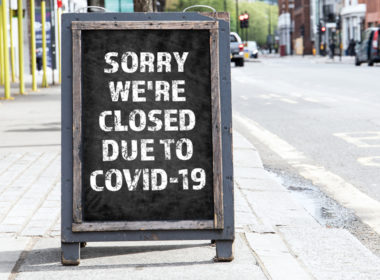At first, video calls seemed like an ideal solution to the isolation of remote working. But it turns out they’re often more exhausting than face-to-face conversations.
For workers confined to home offices or unable to travel to in-person meetings, video calls have become an important tool for staying connected. But for all the benefits of platforms like Zoom, Skype, FaceTime and Microsoft Teams, there’s a surprising downside: video calls can be incredibly draining. So draining, in fact, that the mental exhaustion has become known as ‘Zoom fatigue’.
Gaps in conversation
Why are virtual meetings more exhausting than face-to-face catch-ups? One of the main reasons is our brains need to work a lot harder to process non-verbal cues like facial expressions, tones of voice and body language – which account for as much as 90 per cent of communication – over virtual channels.
“When you’re in a face-to-face meeting your brain can unconsciously attend to lots of different information – and a lot of the information we get from communication is non-verbal,” says Dr Libby Sander, assistant professor of organisational behaviour at Bond Business School.
“When we’re in virtual conversations most of those things are taken away, because even though we might be able to see the person on video, our brain has to try really hard to attend to those non-verbal cues, and that’s very draining for our brain.”
Jocelyn Brewer, a psychologist with a special interest in technology, says much of the normal conversational framework is lost when we chat over video. “When we’re talking face-to-face, we can look at the whole person or people in the complete context that the information is being shared – in a board or meeting room, for example,” she says.
“With video, we’re monitoring for non-verbal cues and information with much less stimulus. We get tiny 2D thumbnails of faces, often at weird angles with people looking in different directions and not at the person speaking. So the brain goes into ‘scanning mode’, trying to fill in the gaps to get enough information to make sense of what’s happening and receive the communication, ideas or actions.”
Lack of rhythm
Not only is vital information hard to access, but video calls can also disrupt the natural rhythm of conversation, which causes stress and adds to feelings of exhaustion. It’s hard to maintain eye contact with one person, let alone a Brady Bunch style matrix of colleagues on your screen. The conversation doesn’t flow as easily, and interjecting is challenging. It’s difficult to create a collegiate mood without a coffee run or small talk before the meeting starts.
“Research shows that sometimes we launch too quickly into things, whereas if we were face-to-face we would break the ice more by saying, ‘Did you have any trouble finding the place?’ or, if it’s a colleague you’re speaking with, ‘How was your weekend?’” says Nicole Hayes, a clinical psychologist and director of Emerge Psychology. Awkward silences can be especially awkward, says Dr Sander. “If someone pauses in a face-to-face conversation everyone is quite comfortable, but in a video conference we automatically assume it’s dropped out,” she says. There are even studies to show a mere 1.2-second delay in responding online makes people think you’re less friendly or that you’re not focused on the conversation.




